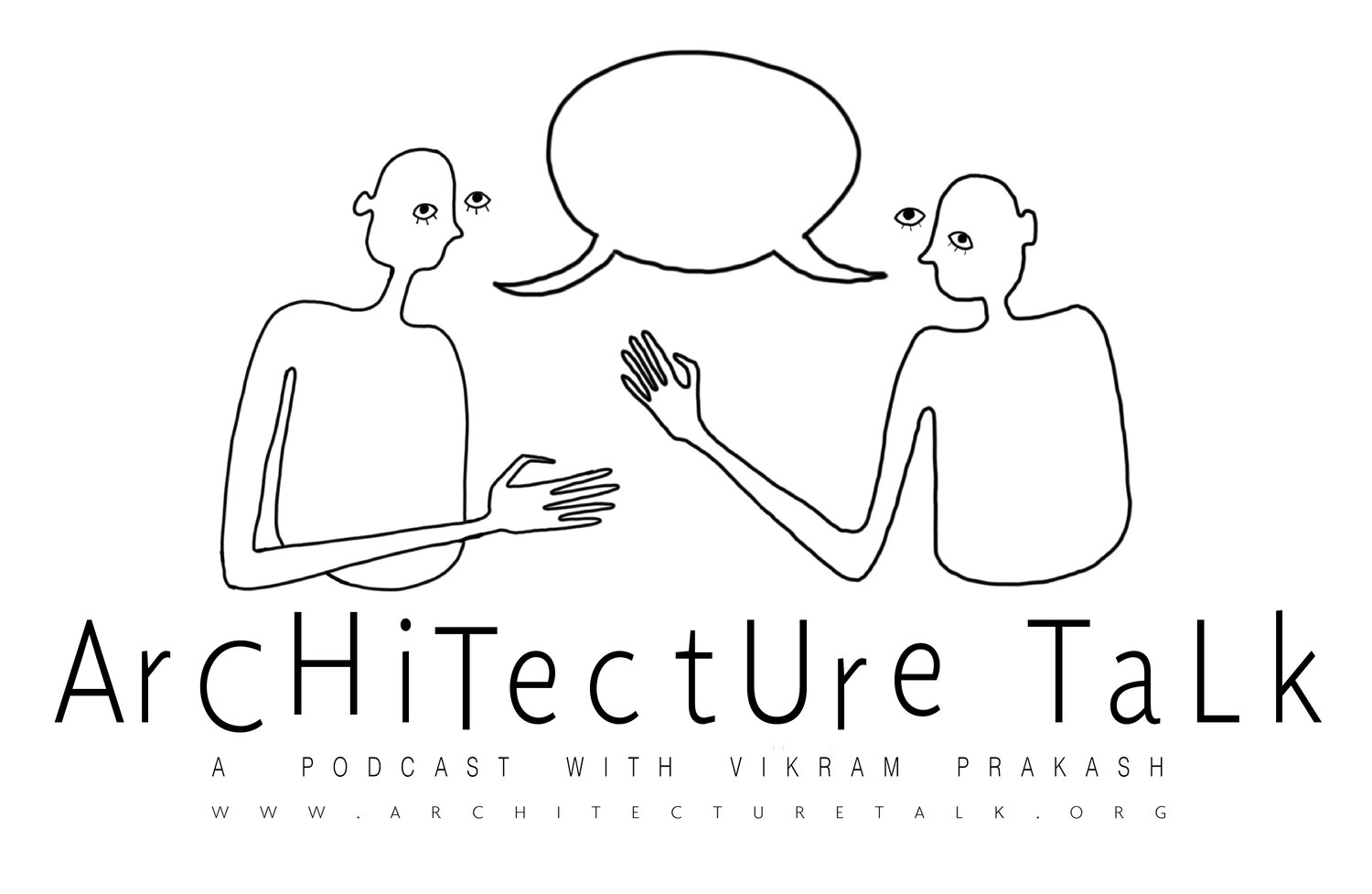78. AITC: On Wetness, Ecology, and Rethinking Habitation with Anuradha Mathur and Dilip da Cunha
“Possibility / Probability” Original Drawing by Tori Haynes
“There is no such thing as uncertainty because there is no such thing as certainty, there is only possibility.”
-Dilip Da Cunha
This week we continue our ongoing miniseries Architecture in the Time of Coronavirus with architects and educators Anuradha Mathur and Dilip Da Cunha. Here, the discussion touches on Mathur and Da Cunha’s concept of wetness - a re-writing of what it means to live in relationship to water - and what it means for architecture and ecological thinking in the time of Coronavirus.
Timestamp Outline
6:00 “What are you learning regarding your own understandings and interpretations of the world? In terms of landscape ecologies, wetness…? VP
7:00 “We are not talking about material as in ‘something’ or substance, but we are talking about imminence, something embedded within. That appreciation of the ubiquity of something makes you think differently, a different imaginative ground, wetness as ubiquitous but also as all-consuming...a driving medium of communication.” DDC
9:45 “How does social distancing impact wetness thinking?” VP
11:40 “We are not only looking at flooding. In the long term we are looking at the need to hold wetness as opposed to allowing flows to continue to flood...this is a change of paradigm from flooding to holding. Now I am looking at the virus in a similar manner and I think the equivalence will be that there will be an approach to increasing our immunity…” DDC
13:00 Herd immunity or resilience to and trans-species co-living with the virus. “It’s not about defensive barriers, it’s about being open. It’s that sense of accommodation, like what we talk about when we talk about wetness...its not about containing it, its about accommodating wetness. ” DDC
17:00 “Architecture has to begin with separation: inside/outside. And so in a sense we are using the word negotiation and not accommodation. And negotiation not in terms of arbitration, but as in negotiating your way all the time. Accommodating and negotiating are complementary terms then.” AM
20:45 “How do we develop an accomodative and innoculative...how do we learn how to live with it? How do we take in zoom and innoculate ourselves with zoom and move forward?” VP
21:30 “I am using this time to reflect on the possibility of not returning to the situation of the past, but for laying a ground for a framework for the future. One of the questions that comes up is that this is a great time for us to rethink habitation...we have accepted urbanity and its separation from the rural. That act of separation that the urban comes with is problematic...this is a good time to subvert these binaries...what can the zoom medium accommodate? Can it allow us to be more accommodating living with new organisms?” DDC
25:15 “Let us imagine a wetness city...does the coronavirus situation or the zoom situation open up possibilities or wormholes into wetness inhabiting ways of being?” VP
26:30 Discussion of new coronavirus pedagogies
31:30 The scopic universe enforces divisions between things.
32:20 “We’ve often been intrigued by the idea of the void as a space of creation. Where things come into being out of nothing...that sensibility very much underlies our civilizational world. And then on the other hand, you have the fullness of things that are so filling that you have to distinguish...you have to find your way in it. To me these are the starting points of design. I find wetness as metaphor for this...this speaks to immanence and nonlinearity simultaneously.” DDC






